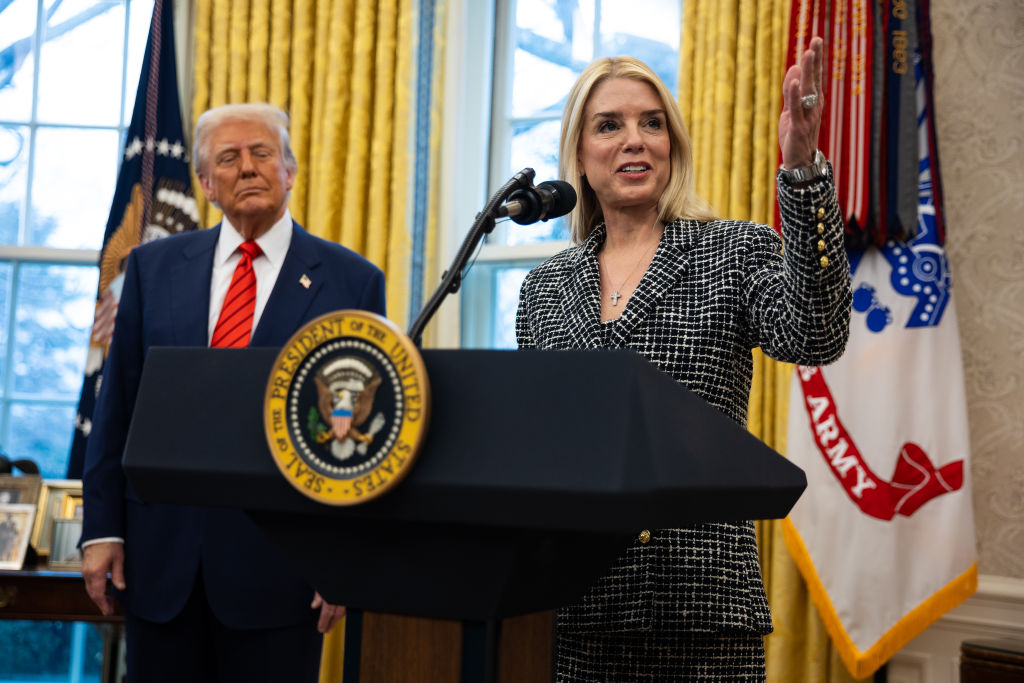The Obstacles to Justice for the Indigenous
The Obstacles to Justice for the Indigenous
Obstacles still block indigenous communities’ access to justice. States must do more.
Latin America's estimated 50 million indigenous people, who make up 10 percent of the region's population, live in appalling conditions. They suffer endemic poverty as well as marginalization and exclusion from mainstream society. To make matters worse, the international and national legal norms intended to guarantee indigenous communities fair and equal access to justice have been largely ineffective in the region.
This is often due to overt discrimination and racism. But even where these factors do not apply, many indigenous people do not have equal access to justice. This is a result of Latin American legal systems that are poorly prepared to serve rural populations with unique languages and customs, sometimes even with their own systems of conflict resolution.
These groups suffer disproportionately higher rates of poverty than non-indigenous populations in the region. According to information produced for the 2005 UN Millennium Development Goals report, 77 percent of Guatemala's indigenous live in poverty, compared to 42 percent of the general population. In rural areas of Panama, 98 percent of the indigenous population is poor and 90 percent is extremely poor...
To read more, subscribe and receive an instant digital copy of the Summer 2009 issue.
Already a subscriber? Login now.
Katya Salazar is the executive director of the Due Legal Process Foundation (DLPF) and Javier La Rosa is the coordinator in the access to justice area at the Instituto de Defensa Legal (IDL) in Peru. The authors thank the contributions made by Maria Clara Galvis, an expert in inter-American law.








